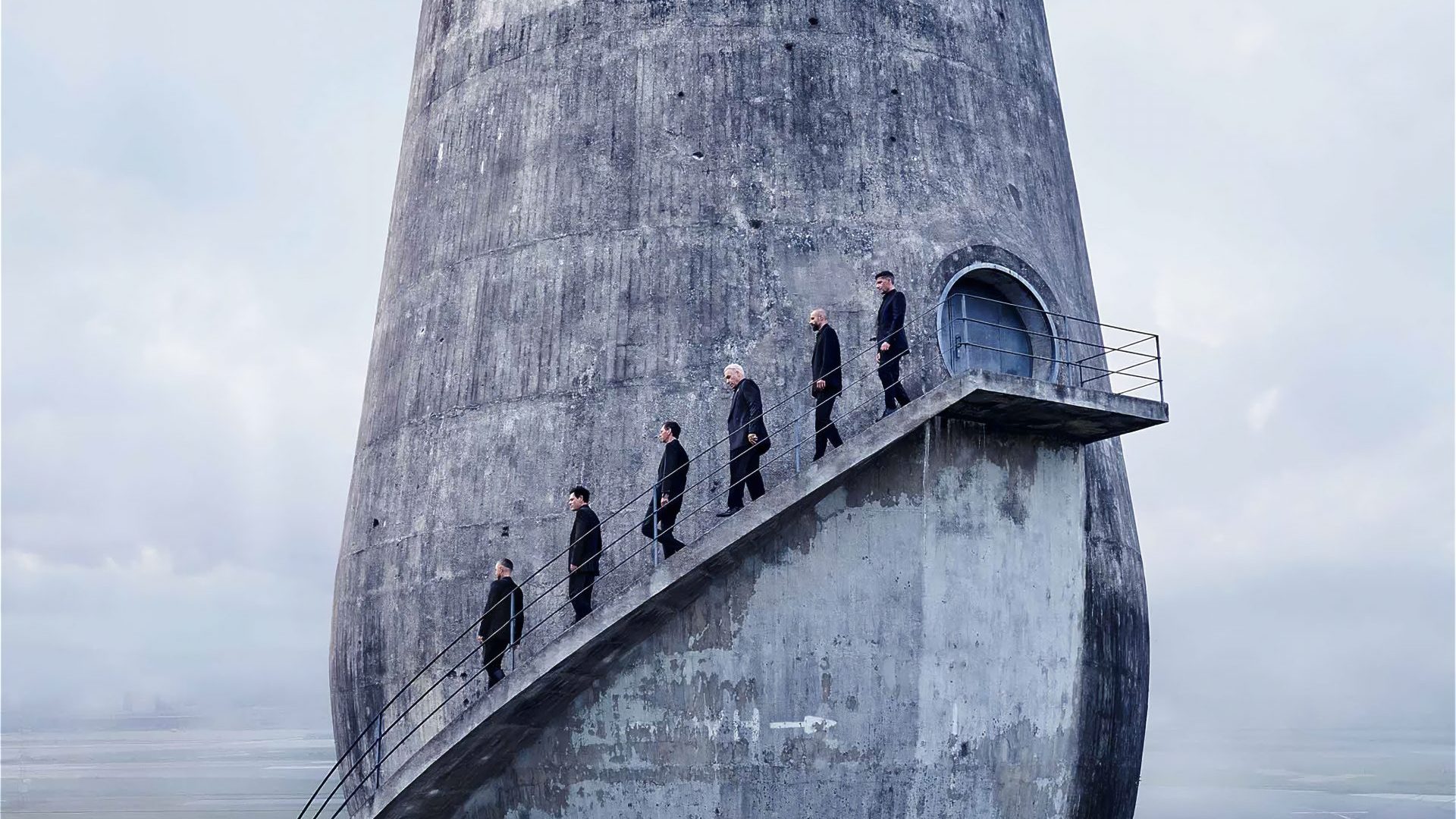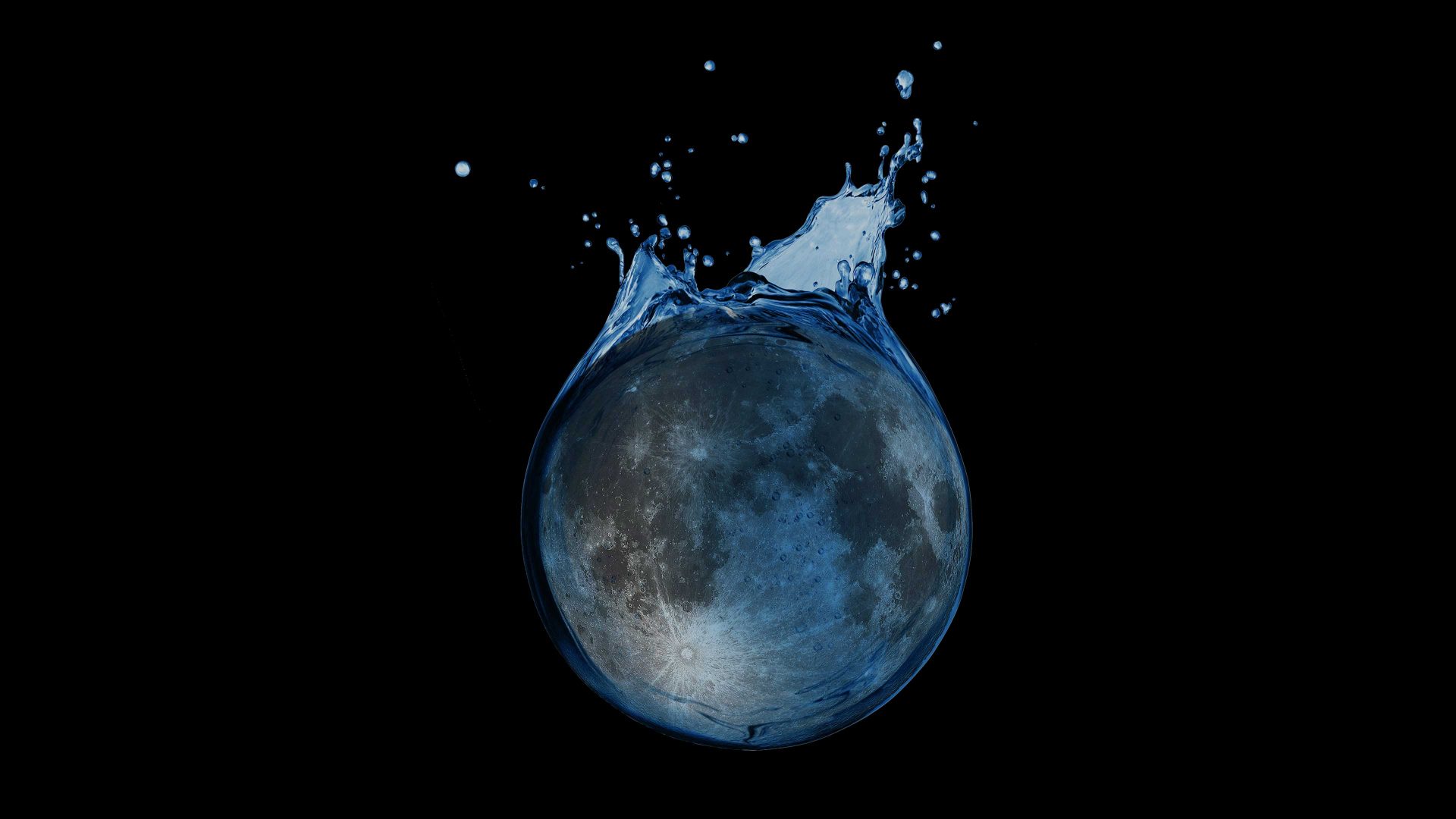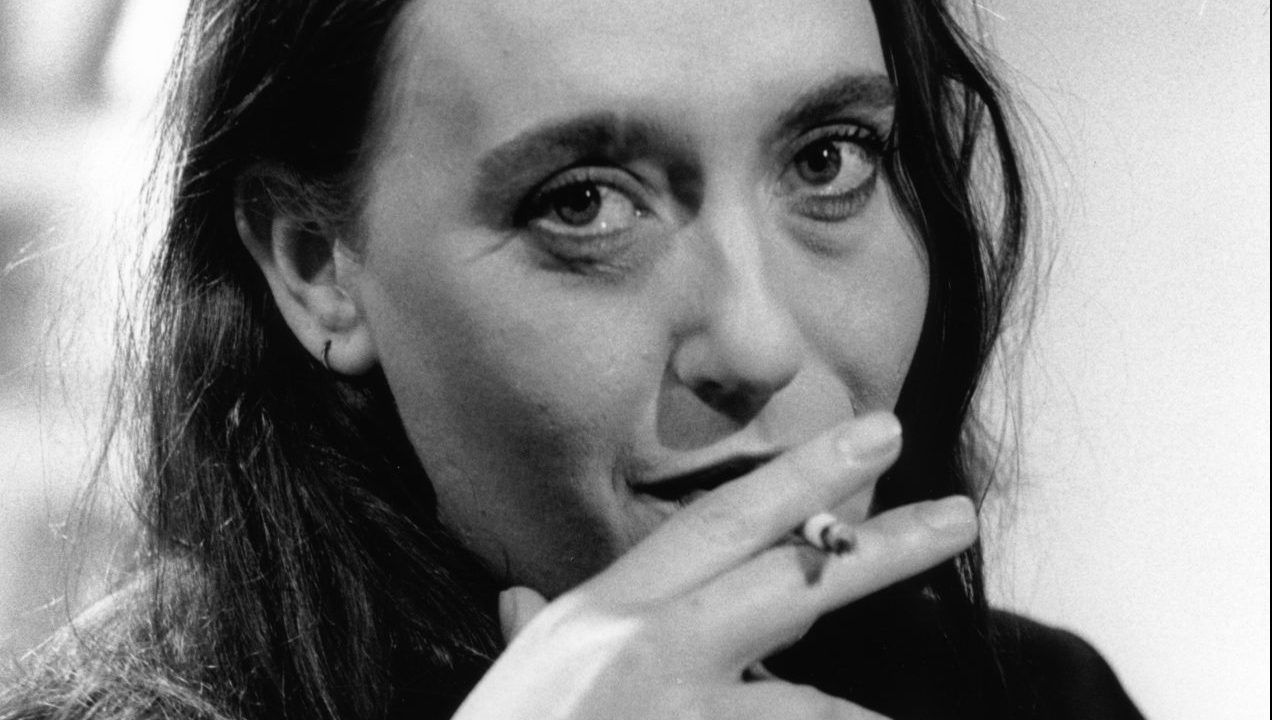From cloud-covered mountain peaks to mist-shrouded cemeteries, European locations have featured on the album artwork of a whole host of artists. The best of these LP covers make for a tour of the region’s most innovative architecture, most awe-inspiring landscapes and most moving monuments.
This list has tried to strike a balance between artistic merit and a place with a backstory that’s worth hearing. Photography that has captured a location or an artist with an unrepeatable magic is also put at a premium, as are those covers that are a remarkably accurate aesthetic equivalent of the sonic mood of the album in question.
Please feel free to debate my choices, and to send us your own.
30
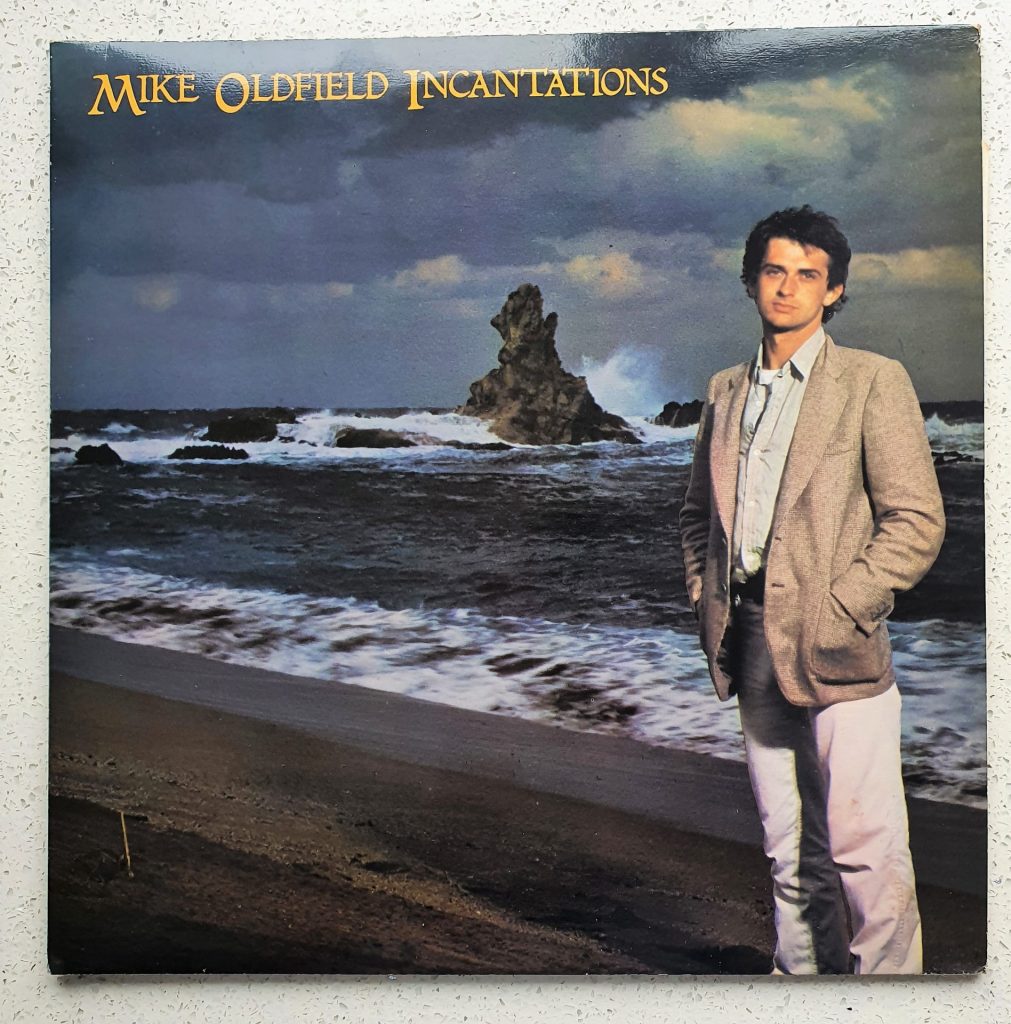
Mike Oldfield, Incantations, 1978 (Cala Pregonda, Menorca)
Trevor Key, designer of the iconic Tubular Bells sleeve, was re-enlisted for Incantations but it was hardly as successful, with a glum-looking Oldfield superimposed on the most remote beach in Menorca.
29
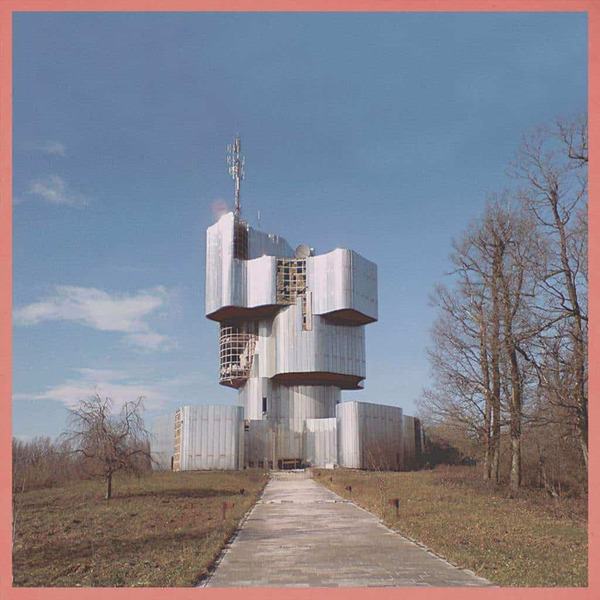
Unknown Mortal Orchestra, Unknown Mortal Orchestra, 2011 (Petrova Gora Monument, Croatia)
The Tito-era stainless steel-clad modernist monument to the people of the Kordun and Banija regions who rose up against the fascist Ustaše regime in 1941 was a visually striking, but highly sensitive, choice for an album of American lo-fi garage rock.
28
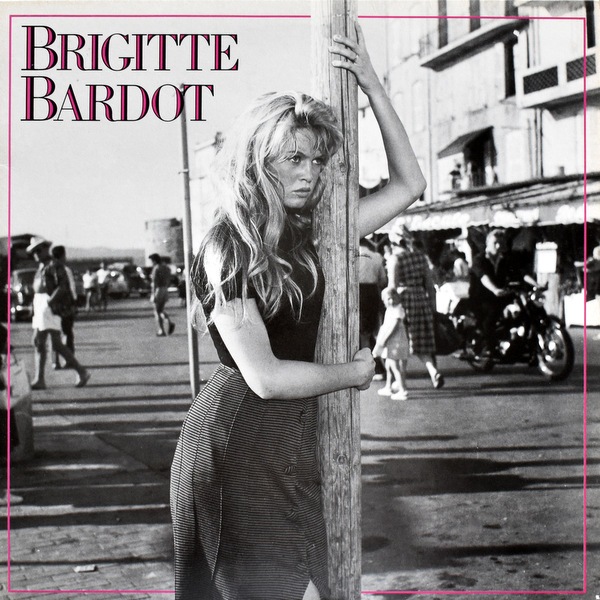
Brigitte Bardot, Brigitte Bardot, 1986 (St-Tropez)
This French compilation used a shot of the actress and singer on the seafront at St-Tropez from And God Created Woman (1956), the film that launched her to superstardom. Bardot remains synonymous with the Côte d’Azur resort even today.
27
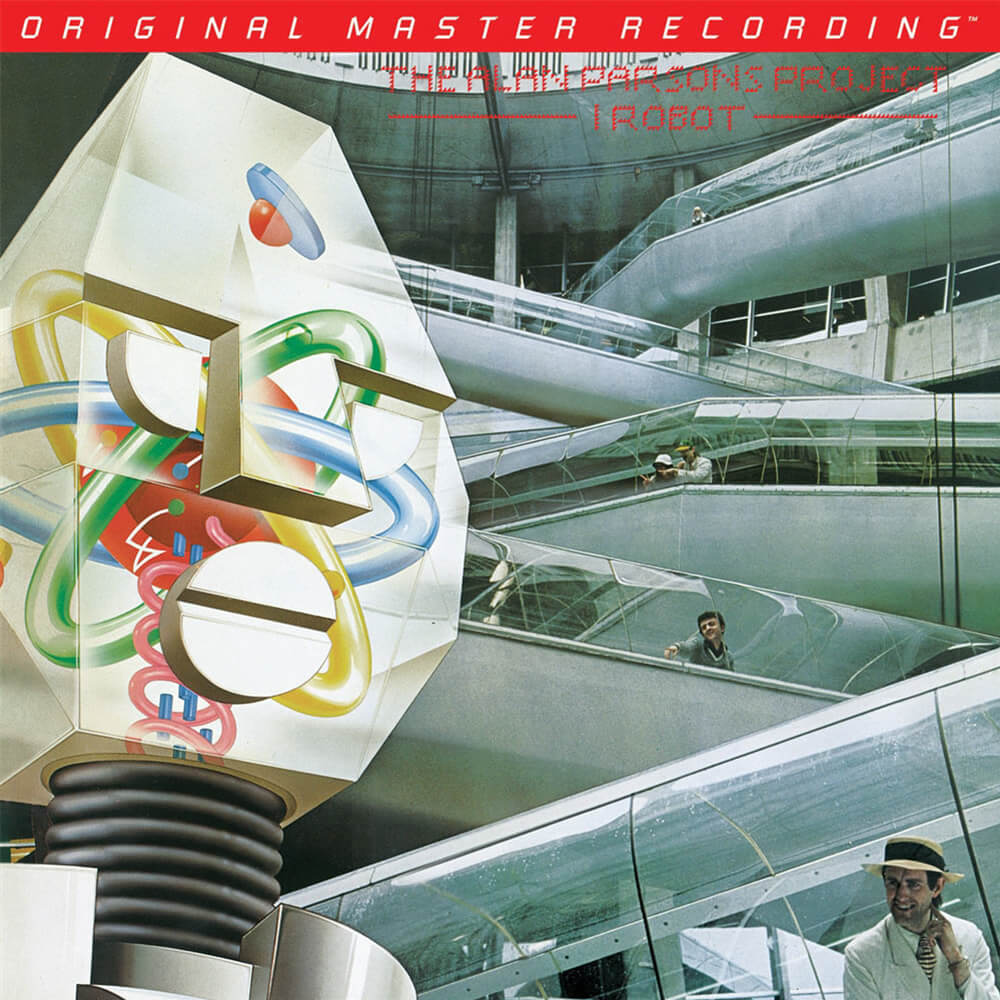
The Alan Parsons Project, I Robot, 1977 (Terminal 1, Charles de Gaulle airport, Paris)
Another entry for the Alan Parsons Project (also at no 17) and for Paris CDG’s futuristic interior, designed by French modernist architect Paul Andreu. Andreu’s plexiglass tubes housing escalators that criss-cross the centre of the airport feature on this cover.
26
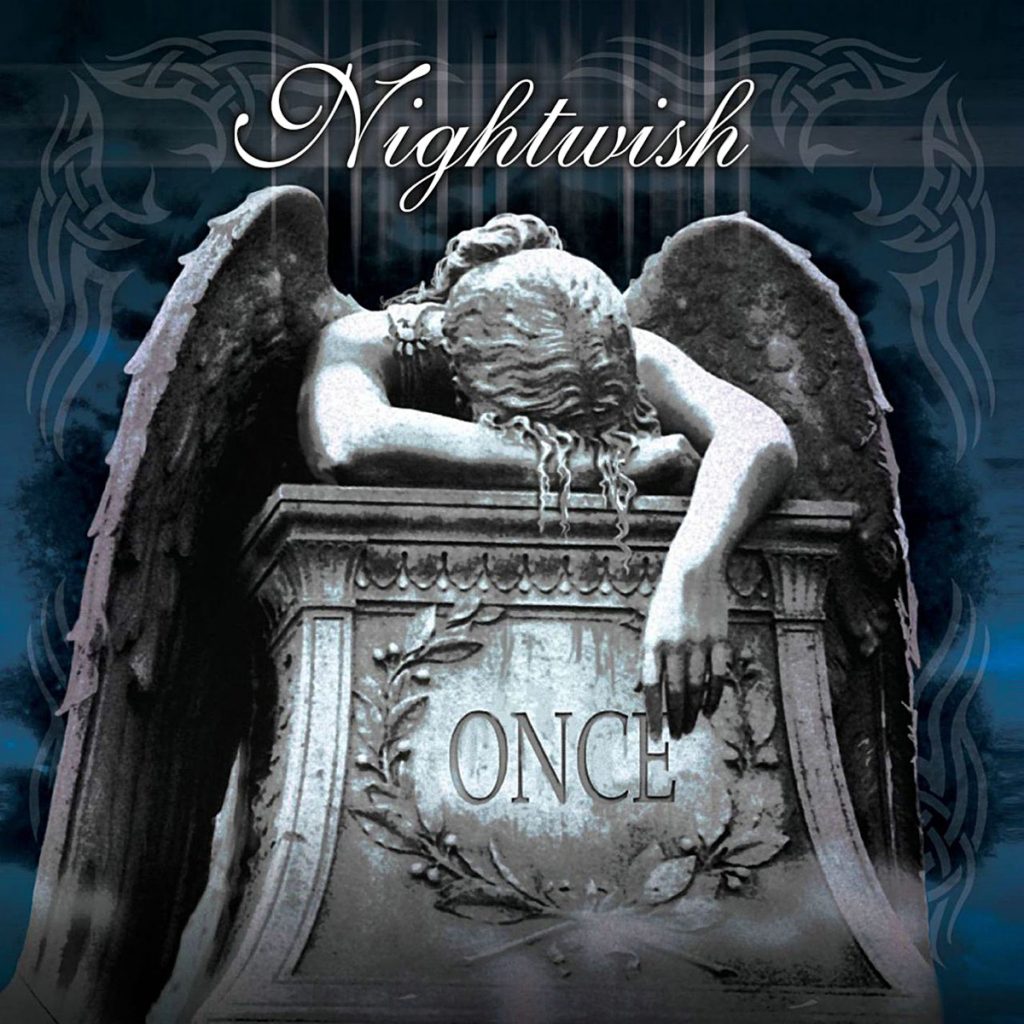
Nightwish, Once, 2004 (Angel of Grief, grave of Emelyn Story, Protestant Cemetery of Rome, Italy)
This 1894 sculpture by American artist William Wetmore Story was made for the grave of his wife and matched the histrionics of the Finnish symphonic metal band’s music.
25

Bob Dylan, Tempest, 2012 (Pallas-Athene Fountain, Austrian Parliament, Vienna)
A figure representing the River Moldau, one of the four most important rivers of the Austro-Hungarian empire – which are shown in allegorical form around this fountain – was used for Dylan’s critically acclaimed 35th album. The figures were carved by Carl Kundmann sometime between 1893 and 1902.
24
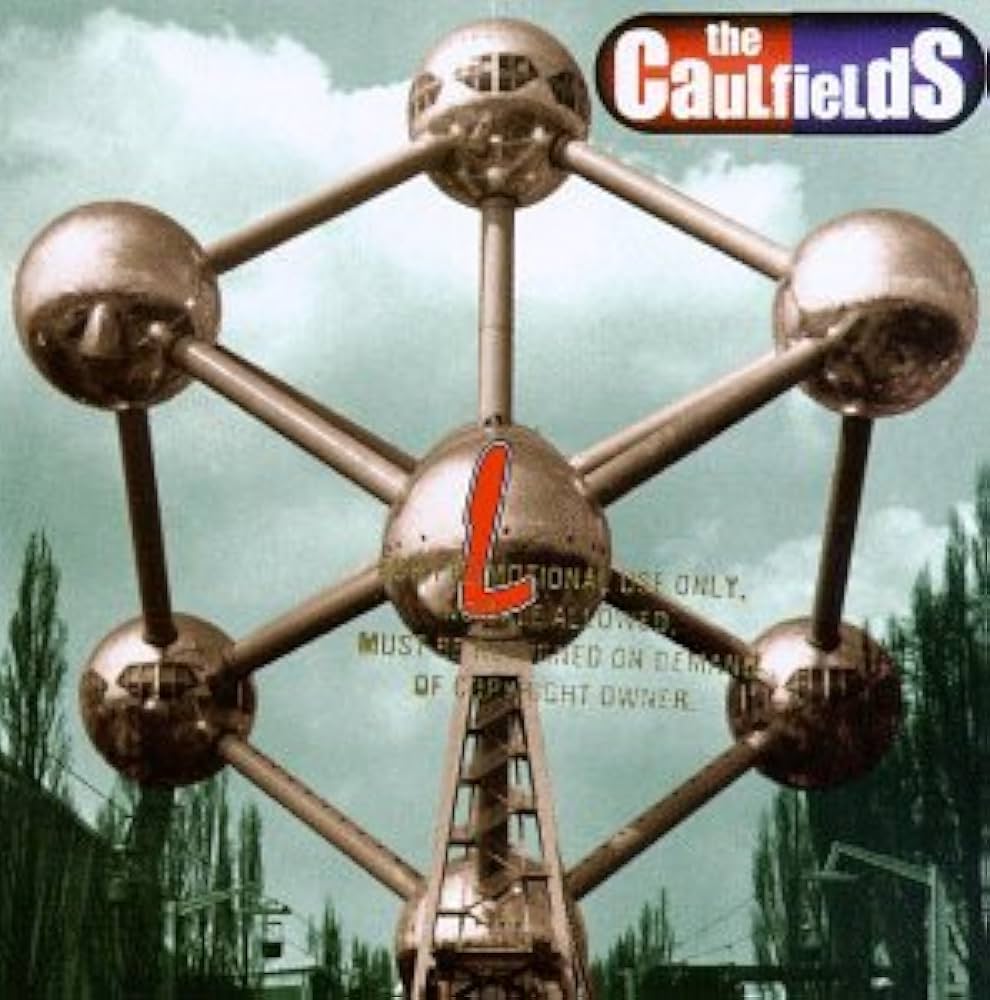
THe Caulfields, L, 1997 (Brussels Atomium)
The short-lived alt-rock band from Delaware in the US used the symbol of Brussels on the cover of this, their second and last album – the 100-metre tall futuristic centrepiece of the 1958 Brussels World’s Fair, designed by the Swiss architects André and Jean Polak.
23
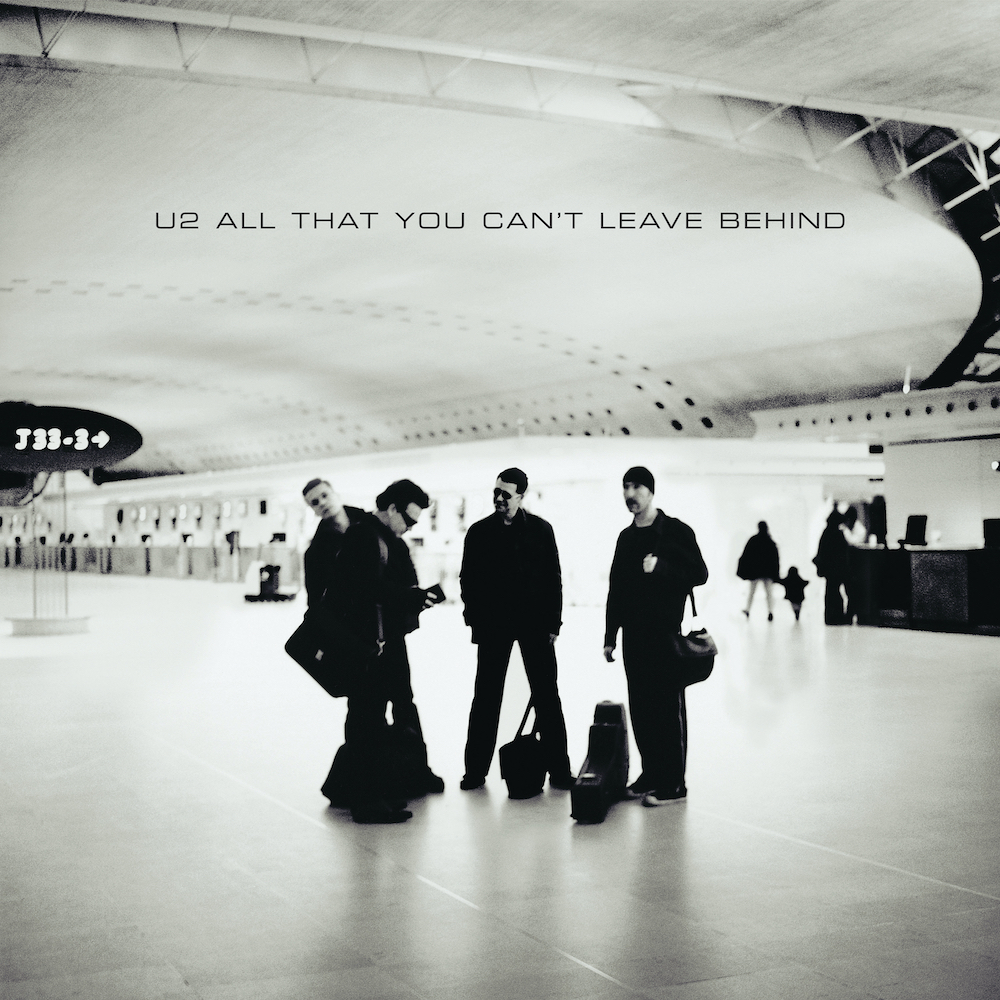
U2, All That You Can’t Leave Behind, 2000 (departure lounge, Terminal 2F, Charles de Gaulle airport, Paris)
In Anton Corbijn’s characteristically black-and-white-and-moody photograph of the band, the sign for the airport gates F21-36 was edited to reference Jeremiah 33:3: “Call unto me and I will answer thee great and mighty things which thou knowest not.” The video for lead single Beautiful Day was also filmed at Paris CDG.
22
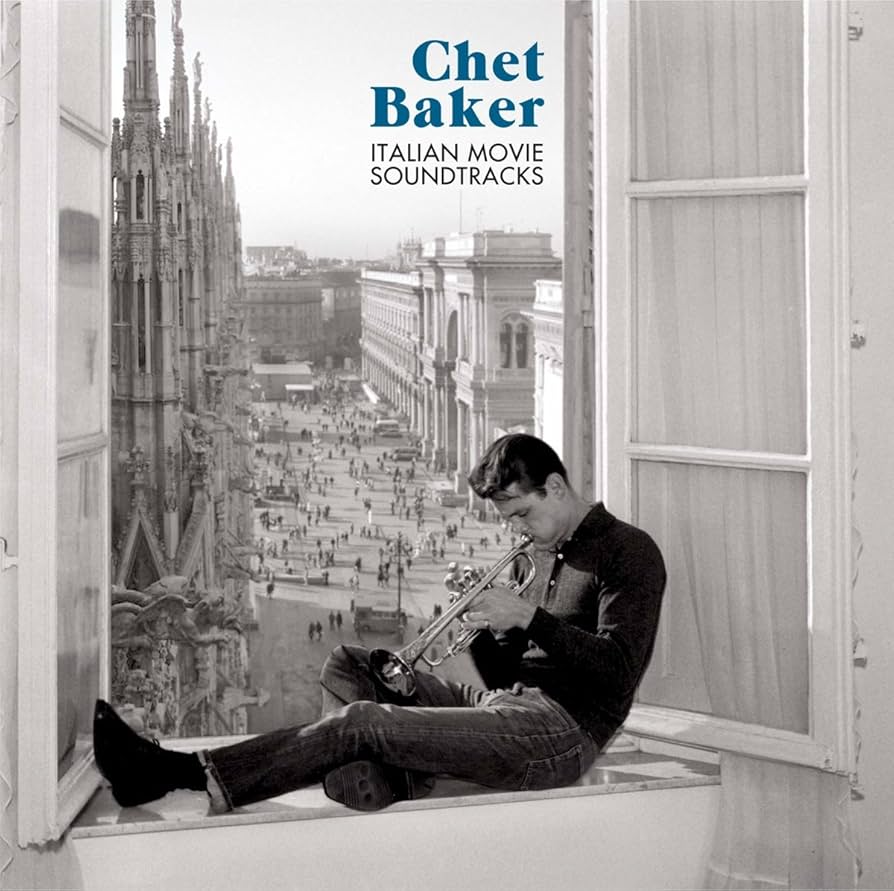
Chet Baker, Italian Movie Soundtracks, 2013 (Piazza del Duomo, Milan)
Chet Baker spent considerable time in Italy in the late 1950s and early 1960s. This compilation bears a remarkable photograph of the American jazz trumpeter sitting in a window with the unfathomable splendour of the piazza and the neo-Gothic cathedral just beyond.
21
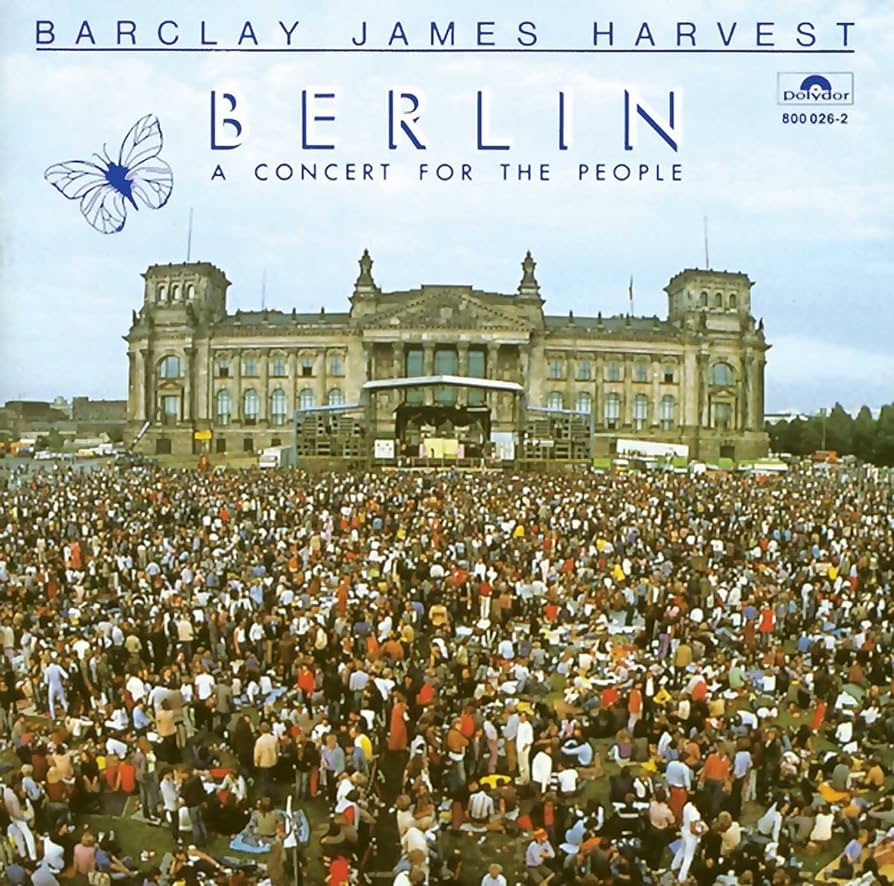
Barclay James Harvest, Concert For The People, 1982 (Reichstag, Berlin)
While many a live album features the location in question on the cover, few are this goosebump-inducing. While the crowd of 250,000 people in front of the parliament building during the Oldham prog band’s summer 1980 concert was suggestive of the unity of humanity, the Berlin Wall lay just beyond the shot.
20
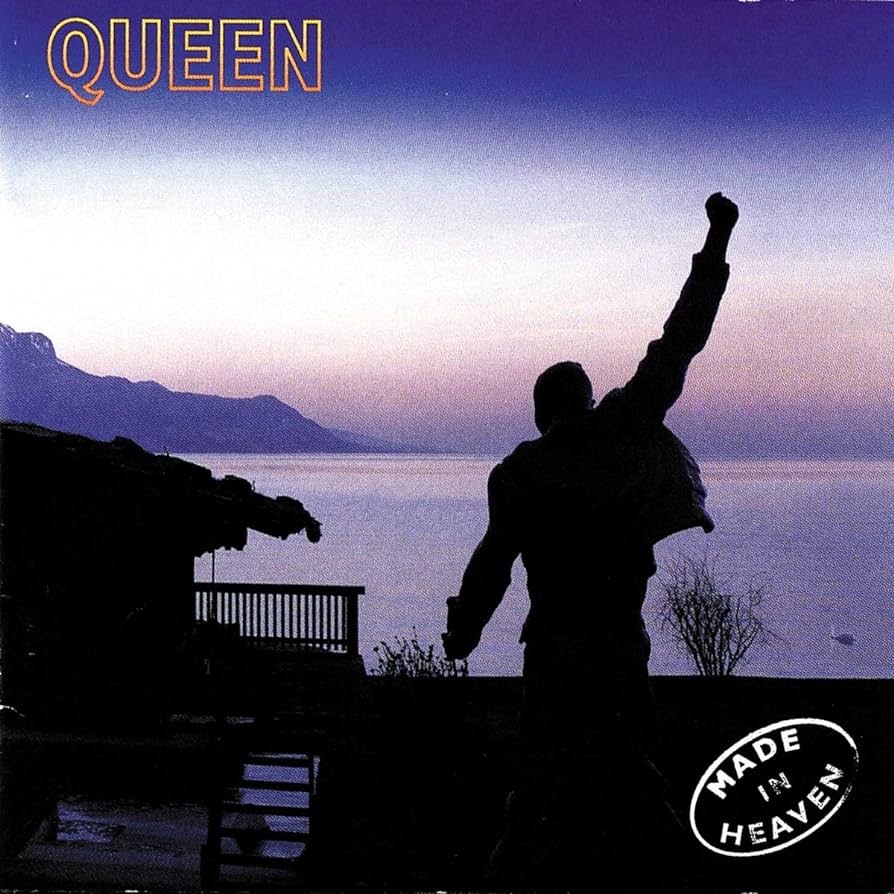
Queen, Made In Heaven, 1995 (Lake Geneva, Montreux)
Queen had owned a recording studio in Montreux, Switzerland since 1979 and Freddie Mercury later bought a home there. A photo of the Czech sculptor Irena Sedlecká’s statue of the singer, looking over the lake, was chosen for the album released four years after his death that featured his ode to Montreux, A Winter’s Tale.
19
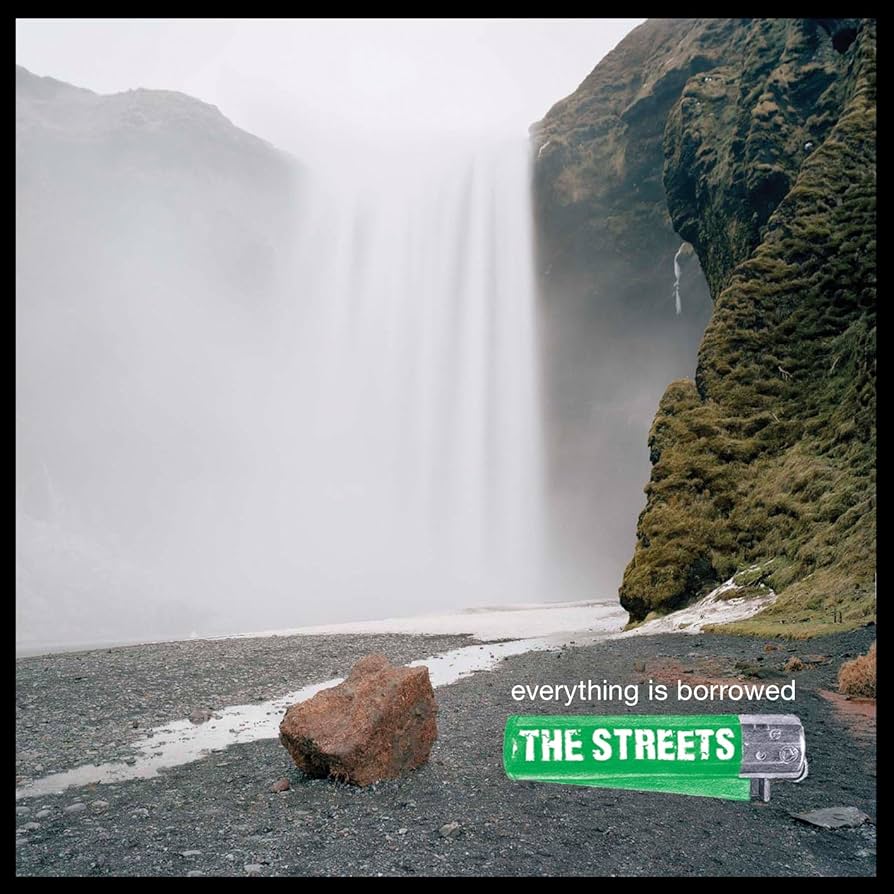
THe Streets, Everything is Borrowed, 2008 (Skógafoss waterfall, Iceland)
The cover of Mike Skinner’s fourth album was as far from the associations of UK garage with urban grit as could be imagined. It reflected Skinner’s move to a more peaceful mood after 2006’s aggro-filled The Hardest Way to Make an Easy Living.
18
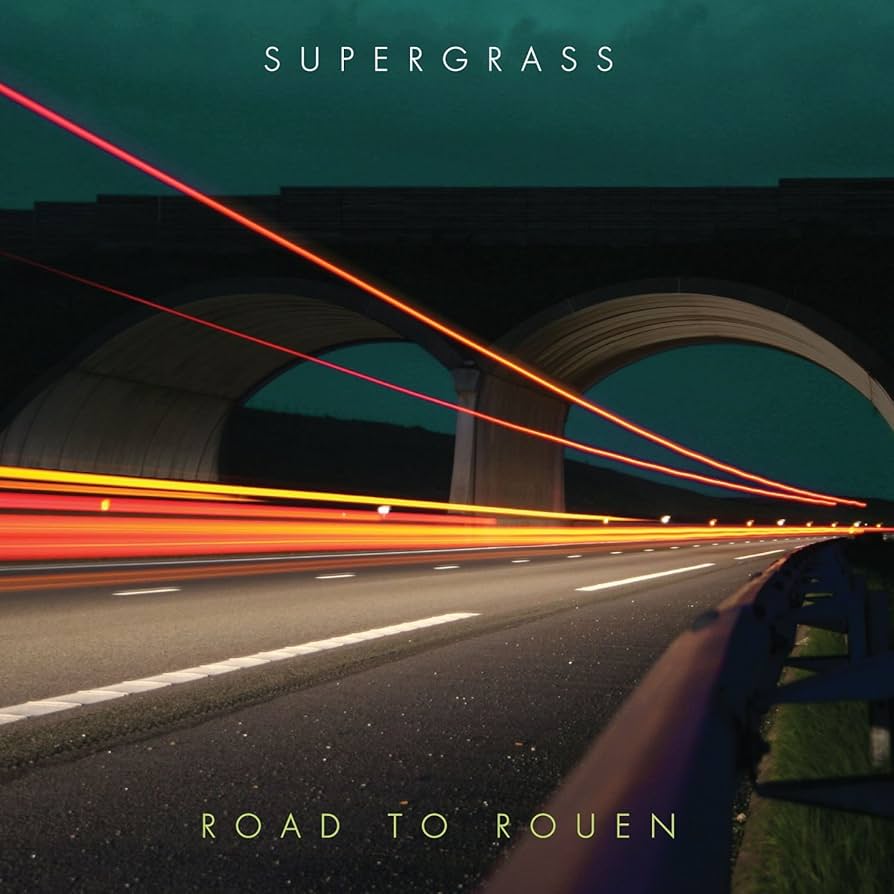
Supergrass, Road to Rouen, 2005 (A16 Autoroute, Lefaux, France)
The A16, running from Dunkirk and Calais to Paris, will be familiar to cross-Channel travellers. Take the A28 at Abbeville and it takes you straight to Rouen, where this album was recorded in a converted barn. The title referenced both the recording location and the band’s deliberately non-commercial turn on this LP.
17
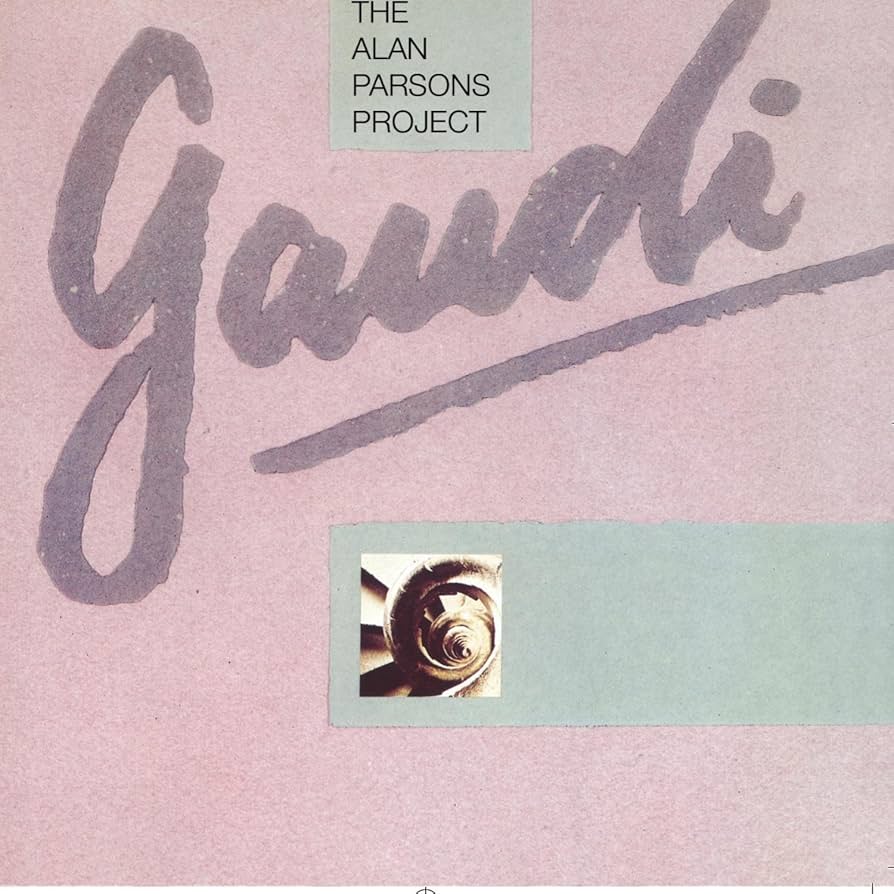
The Alan Parsons Project, Gaudí, 1987 (staircase, La Sagrada Familia, Barcelona)
The British prog rock duo’s concept album inspired by the life of Catalan architect Antoni Gaudí was later the basis of a musical. The cover art showed a close-up of a spiral staircase in his famous unfinished cathedral.
16
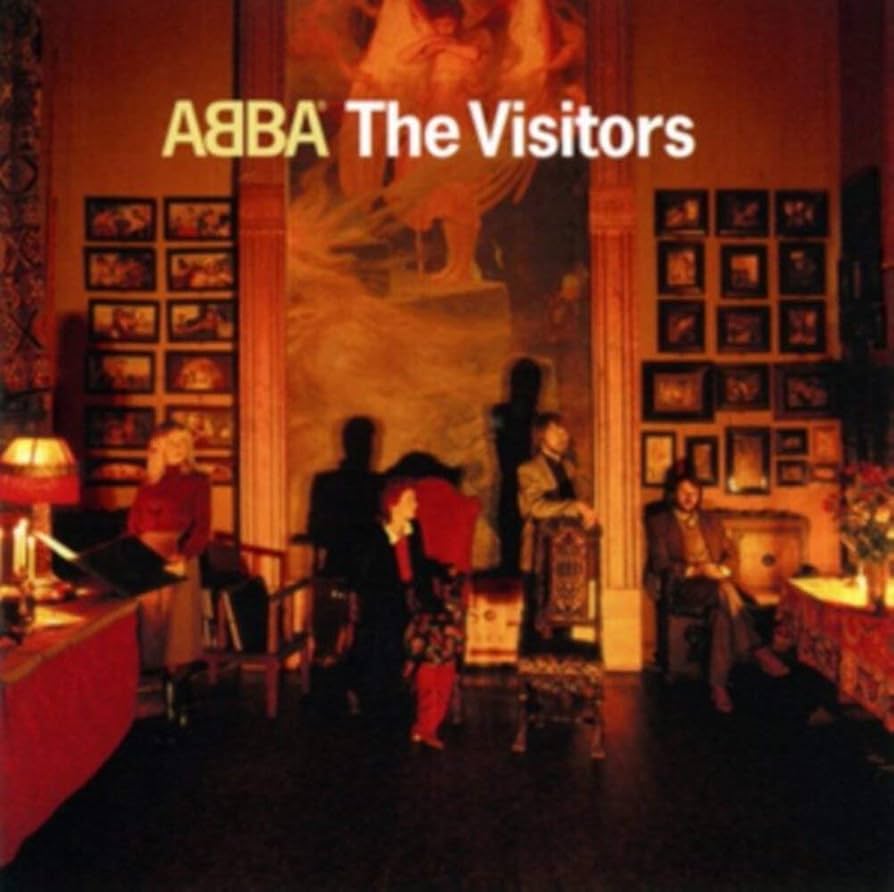
ABBA, The Visitors, 1981 (Julius Kronberg Studio, Skansen Park, Stockholm)
The final ABBA album until Voyage 40 years later found the solemn-looking quartet standing inside the Swedish artist’s studio, in front of his painting of Eros. The wooden building had been donated to Stockholm’s Nordic Museum after Kronberg’s death in 1921 and was later moved to Skansen.
15
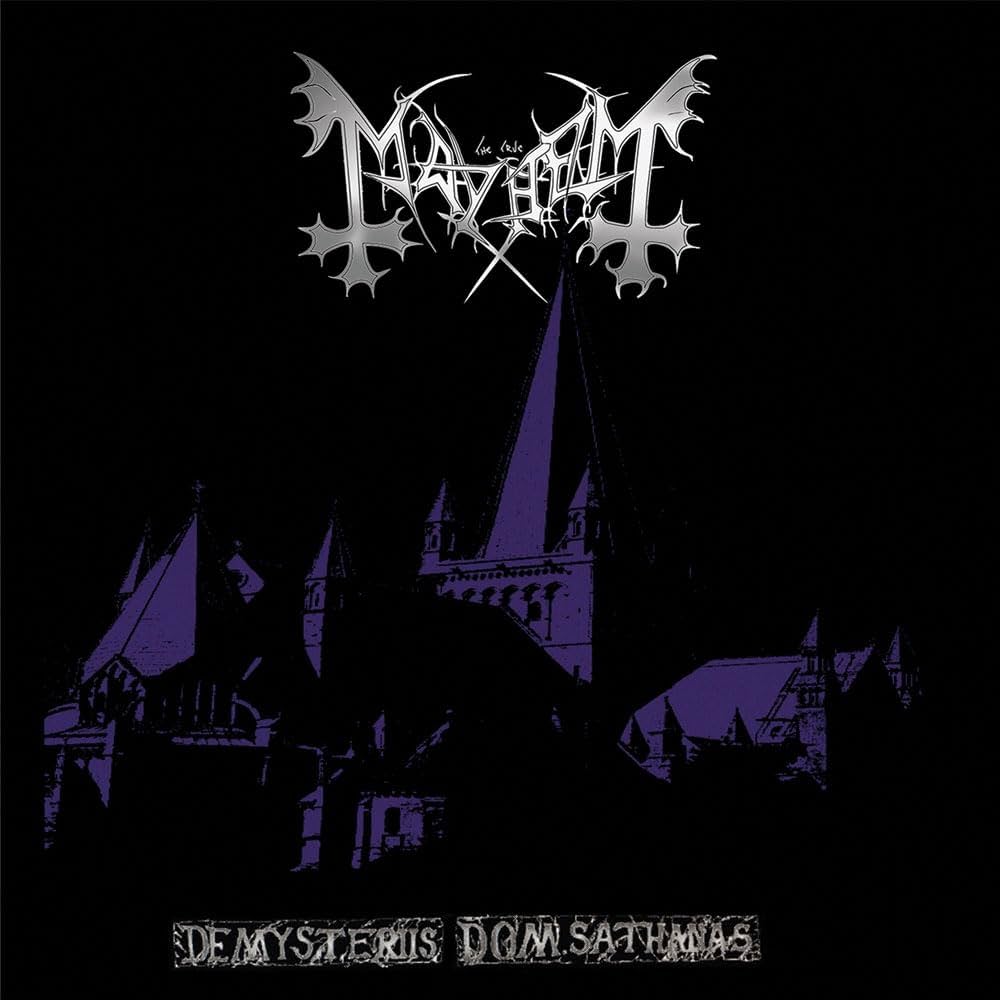
Mayhem, De Mysteriis Dom Sathanas, 1994 (Nidaros Cathedral, Trondheim, Norway)
The resting place of the Viking king who christianised Norway made a provocative cover subject for an album titled About the Mystery of the Lord Satan. Bass player Varg Vikernes, convicted of a string of church burnings and the 1993 murder of bandmate Øystein Aarseth, was rumoured to have plotted to blow up the cathedral.
14
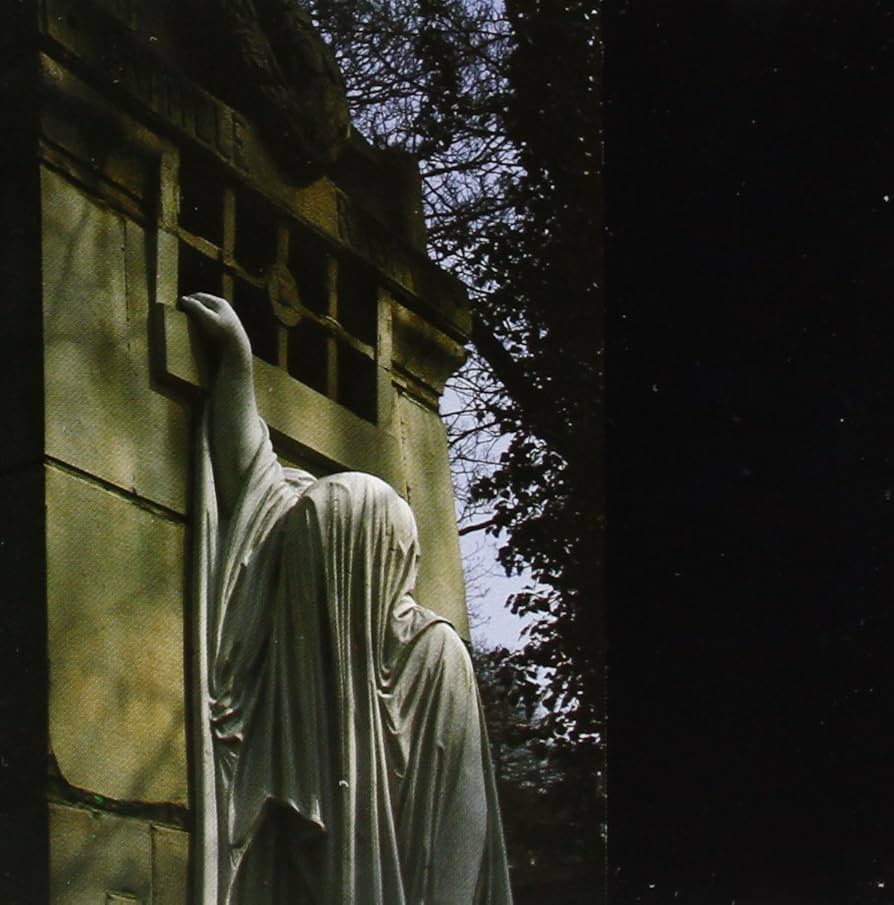
Dead Can Dance, Within the Realm of a Dying Sun, 1987 (Raspail tomb, Père-LachAISE CEMETERY, PARIS)
Polymath François-Vincent Raspail was living in political exile when his wife died in 1853. The shrouded figure by a barred window sculpted for the family tomb by Antoine Étex therefore stood for not just the grief of death, but also of separation, and was fitting of the ethereal drama of this album.
13
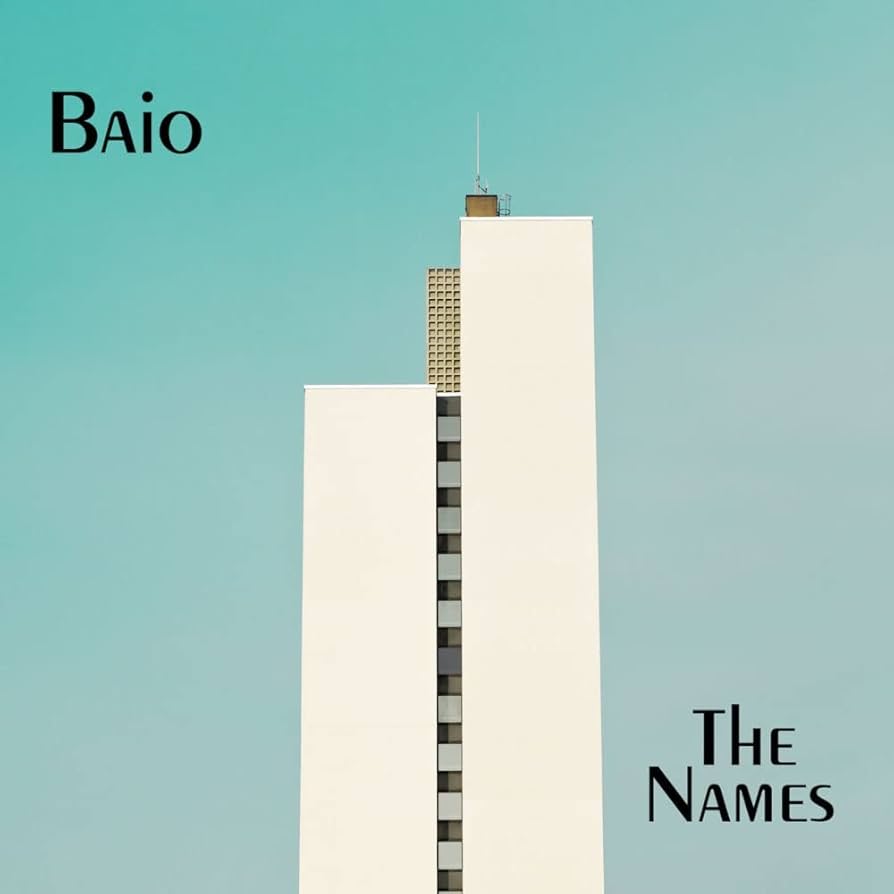
Baio, The Names, 2015 (Hamburg high rise)
The debut solo album by Vampire Weekend bassist Chris Baio used an image by Berlin-based photographer Matthias Heinrich as its cover. Its sharply delineated blocks of colour make it seem like a stylised painting rather than a photograph.
12
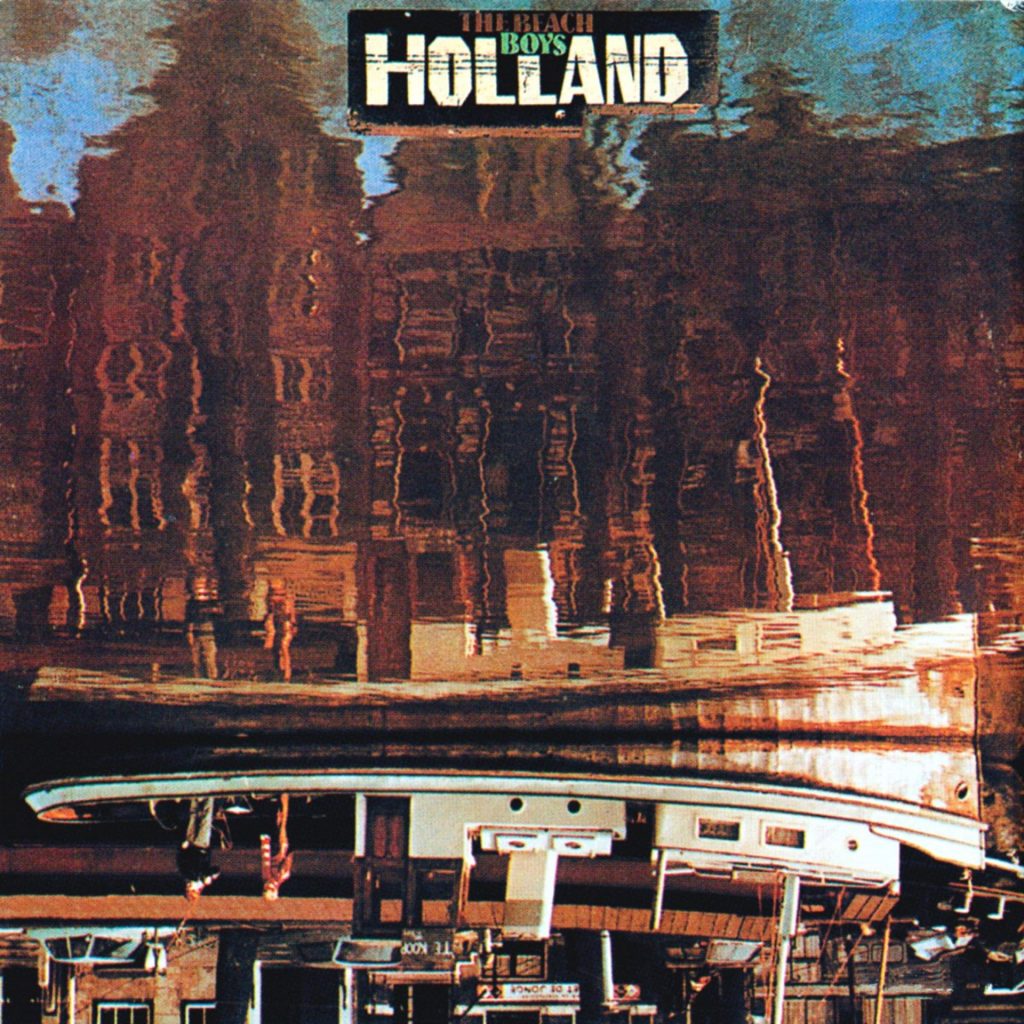
The Beach Boys, Holland, 1973 (Kromme Waal canal, Amsterdam)
The Californian legends recorded this album in a village 10 miles from Amsterdam. The image of a tugboat on this canal in the city centre was in fact an optical illusion – it was inverted and the reflection of the vessel, and the typically Dutch 17th-century townhouses above, appeared to be the real thing.
11
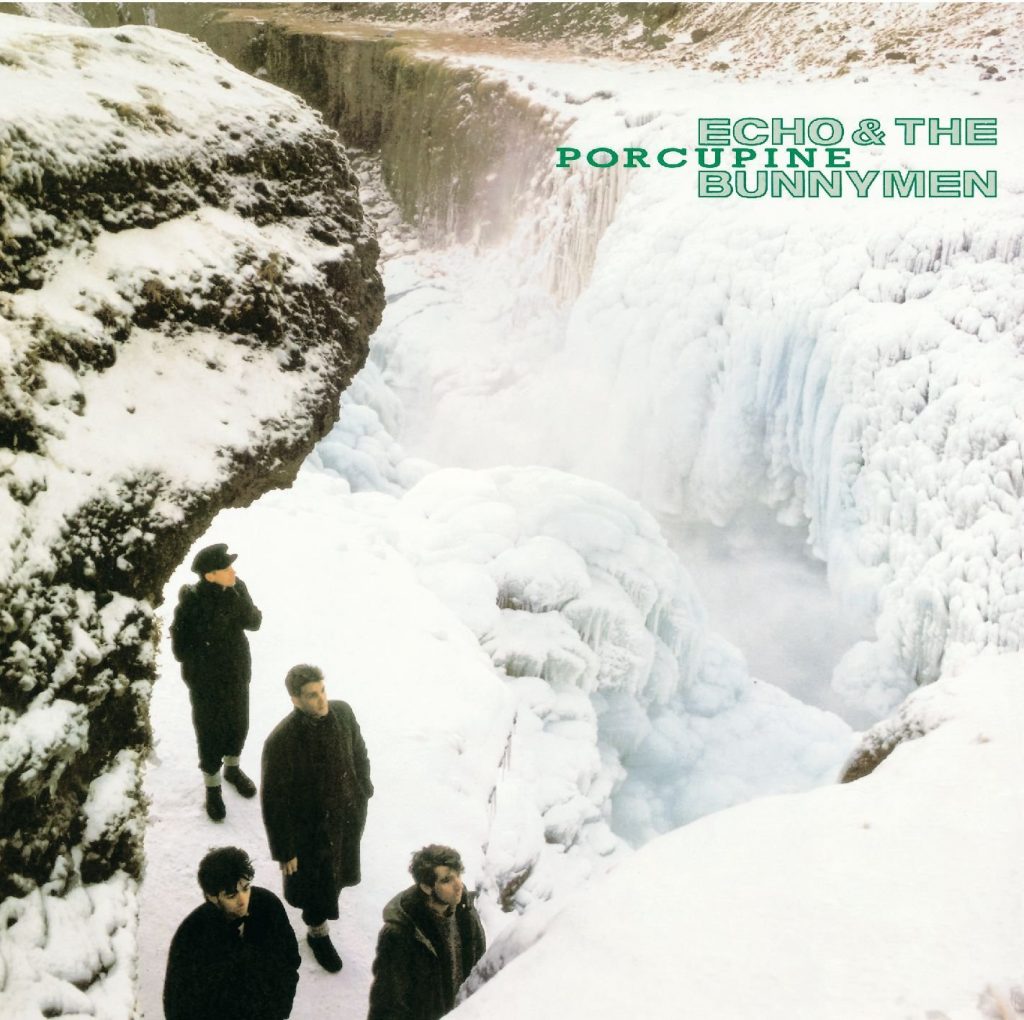
Echo and The Bunnymen, Porcupine, 1983 (Gullfoss waterfall, Iceland)
Another Brian Griffin masterpiece created in perilous circumstances (“It was just before Christmas and was so cold and dangerous,” Griffin later recalled), the cover of the Liverpool band’s breakthrough album found them amid an almost unbelievable landscape of snow, ice and rock.
10
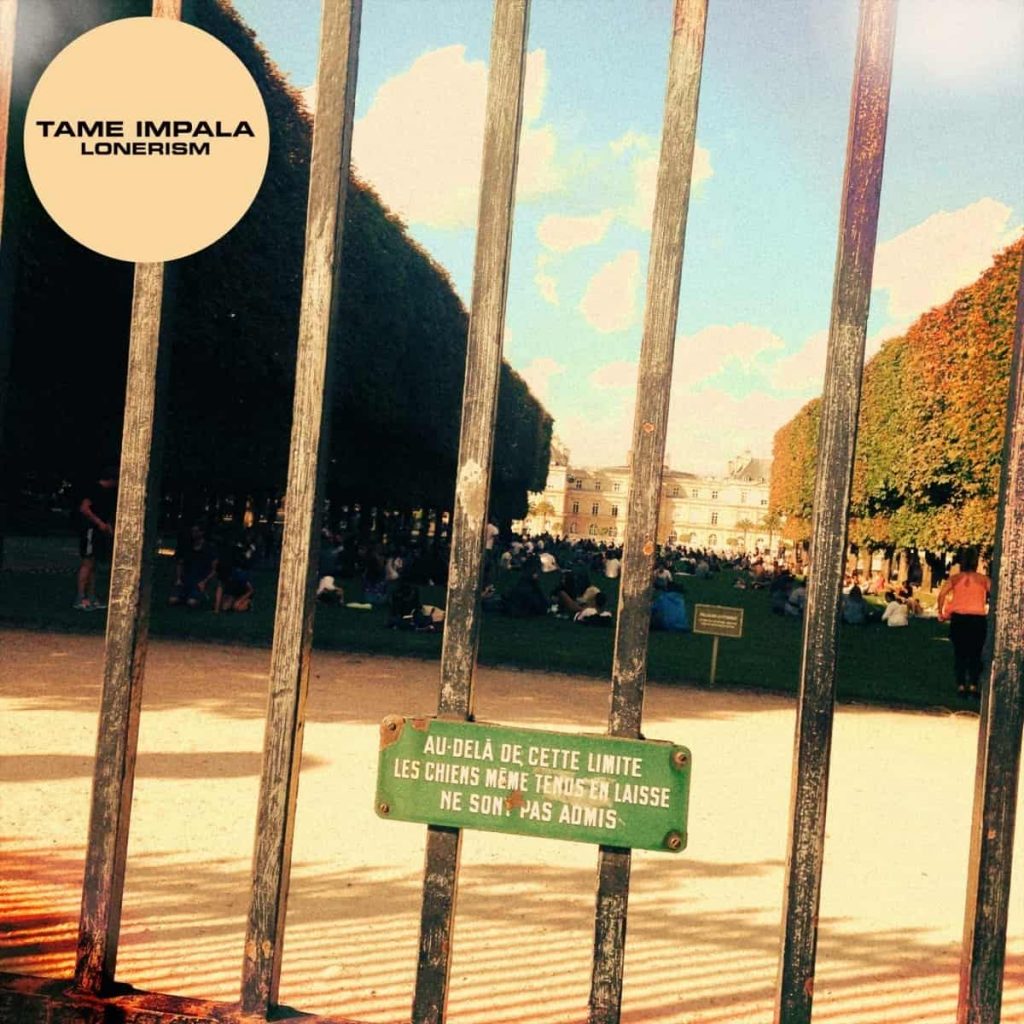
Tame Impala, Lonerism, 2012 (Jardin du Luxembourg, Paris)
Australian designer Leif Podhajsky’s sleeve was intended to connote the sense of isolation of the title, with the viewer barred from the crowd lounging on the grass by a gate. The gate’s notice translates as “Beyond this point dogs, even on a leash, are not admitted”.
9

DJ Snake, Encore, 2016 (Abbesses Métro station entrance, Montmartre, Paris)
One of the two surviving Art Nouveau Métro canopies designed by Hector Guimard is transported to the Sahara for the cover of this ironically titled debut album. The merging of the two locations referenced both the EDM star’s Algerian heritage and his status as a native Parisian.
8
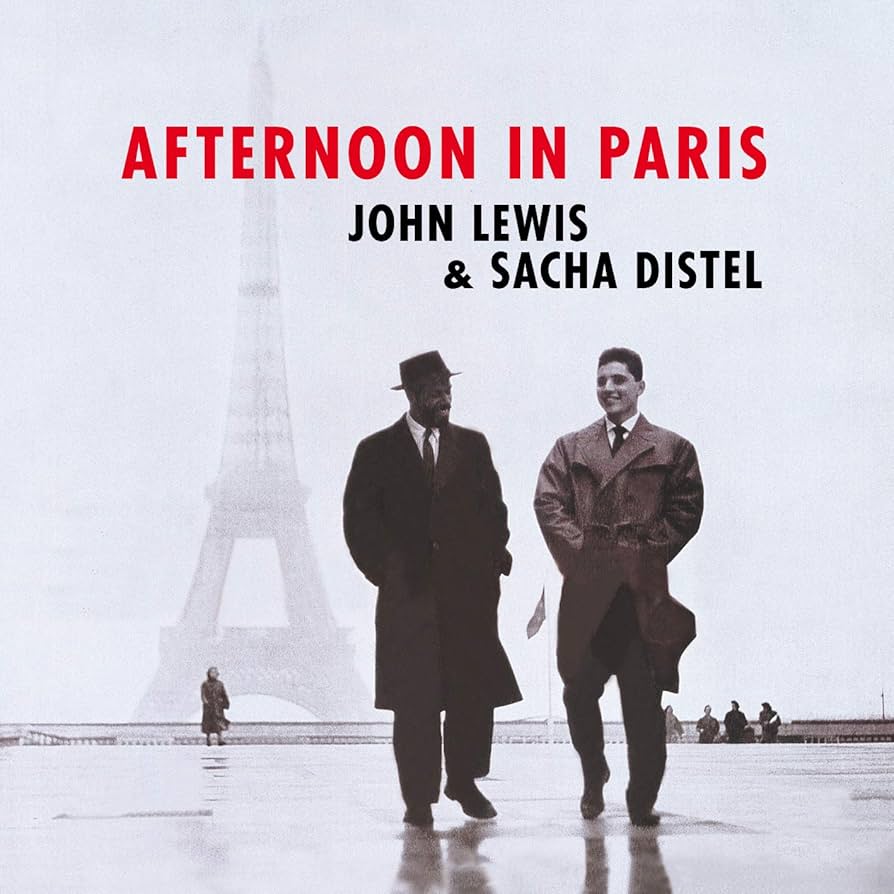
John Lewis and Sacha Distel, Afternoon in Paris, 1957 (Place du Trocadéro, Paris)
American pianist Lewis recorded this album with Distel, then a respected jazz guitarist in the Paris clubs, in early December 1956. The pair ooze cool as they stroll along, wrapped up against the winter cold, with the Eiffel Tower looming behind them on the other side of the Seine.
7
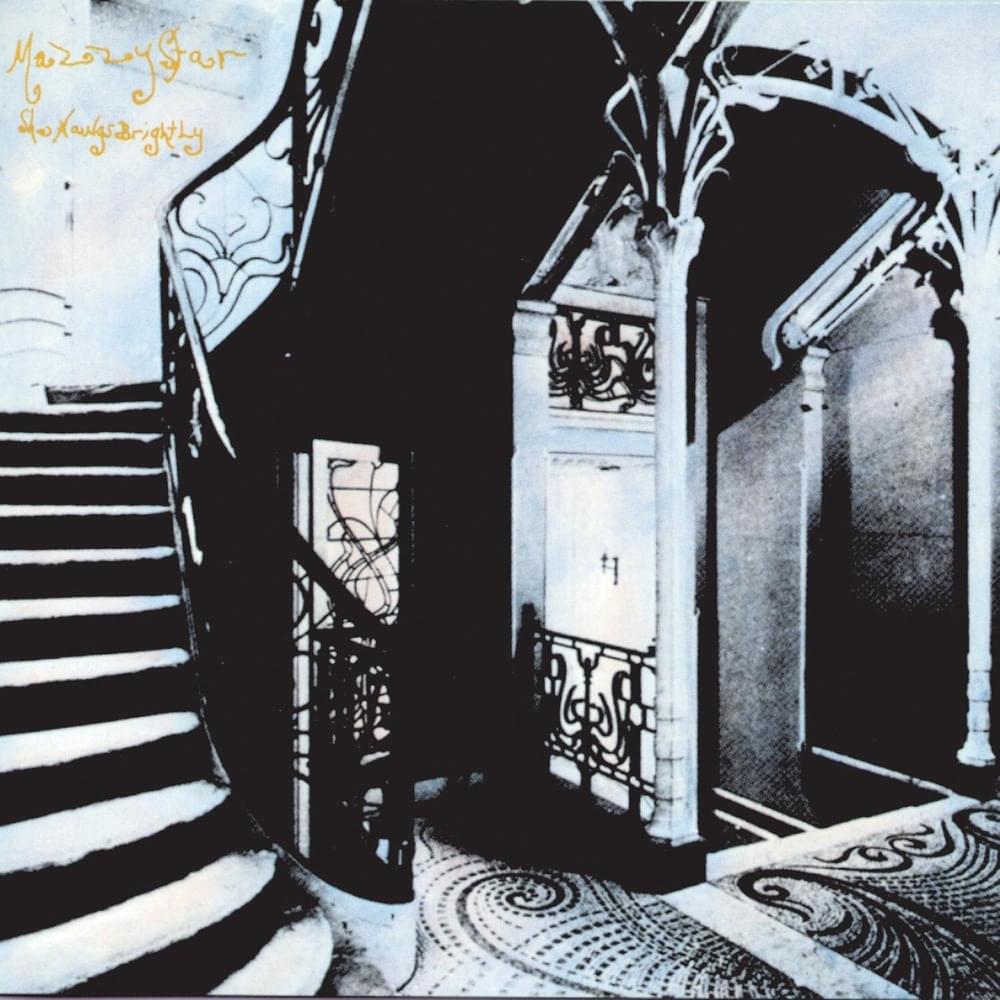
Mazzy Star, She Hangs Brightly, 1990 (Hotel Tassel, Brussels)
The splendour of the interiors designed by Art Nouveau pioneer Victor Horta for the home of scientist Emile Tassel were captured in this cover image. The fluid forms and swirling mosaics were a visual reflection of the woozy dream pop on the record.
6
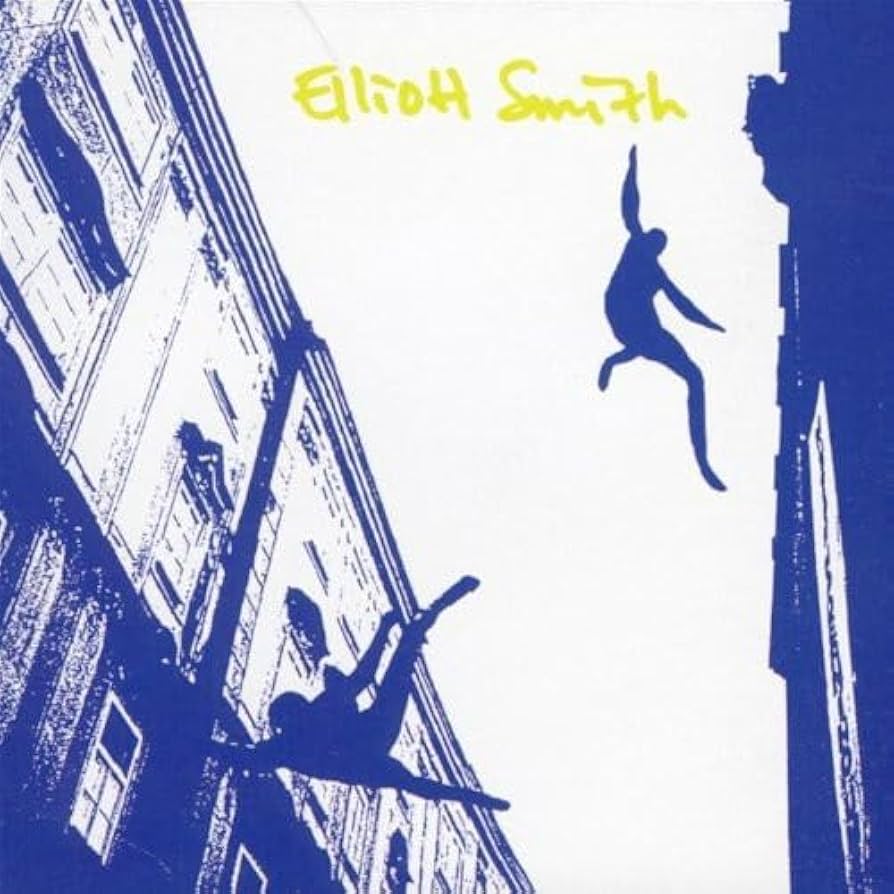
Elliott Smith, Elliott Smith, 1995 (Husova, Prague)
American rock photographer JJ Gonson’s image of a sculpture of two people falling through the air was taken outside an art gallery on this street in Prague Old Town in 1992 (it is now the Prague beer museum). It made a fitting cover for Smith’s darkly lo-fi exploration of depression and dependence.
5
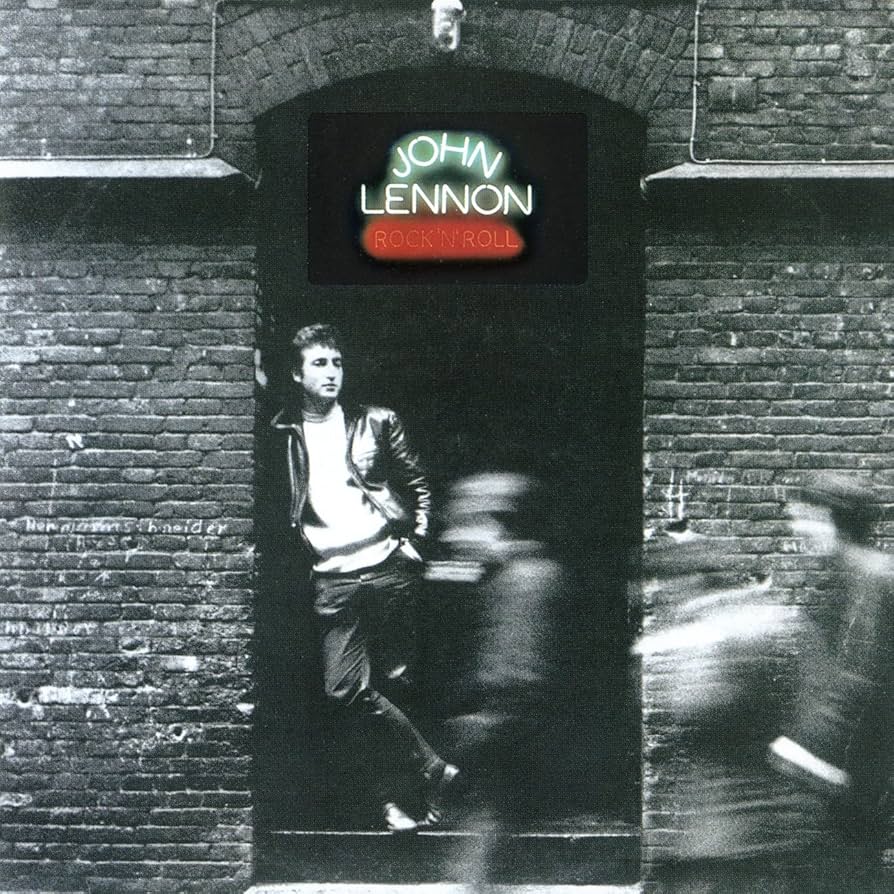
John Lennon, Rock ’n’ Roll, 1975 (Jägerpassage, 22 Wohlwillstraße, Hamburg)
The Beatles were an unknown band playing a residency at the insalubrious Top Ten Club in the spring of 1961 when Jürgen Vollmer captured a series of photographs of them. One shot showed Lennon in this courtyard doorway a five-minute walk north from the Reeperbahn entertainment strip, posing with a studied nonchalance.
Fast forward over a decade, and Lennon was a superstar struggling to finish his album of golden oldies, one he had unwisely enlisted an increasingly erratic Phil Spector to produce. A chance meeting with Vollmer in New York brought the Hamburg photographs to Lennon’s attention and he instantly knew this nostalgic shot was his next cover. Lennon later wrote that Vollmer was “the first photographer to capture the beauty and spirit of the Beatles”.
4
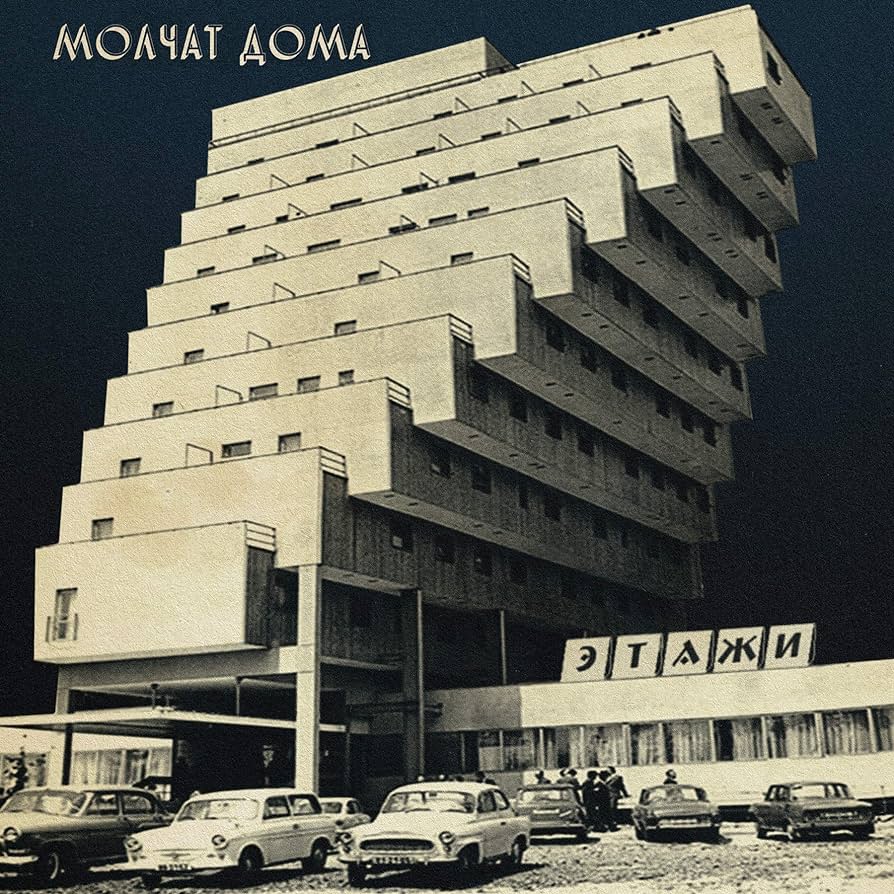
Molchat Doma, Etazhi, 2018 (Hotel Panorama, Štrbské Pleso, Slovakia)
The Czechoslovakian communist state was gearing up to host the 1970 World Nordic Skiing Championships when the architect Zdeněk Řihák was commissioned to build a sparkling new hotel in this ski resort in the Tatras. Vertiginously widening towards the top, it was emblematic of Řihák’s use of sculptural forms for his buildings.
This second album from the Belarussian post-punk synthpop trio, whose name means “houses are silent”, used a vintage photo of the hotel that mirrored the retro, chilly feel of the record, while the hotel’s distinctive levels matched the title (etazhi is Russian for “floors”). Following a recent extensive refurbishment, the Panorama still operates as a hotel today.
3
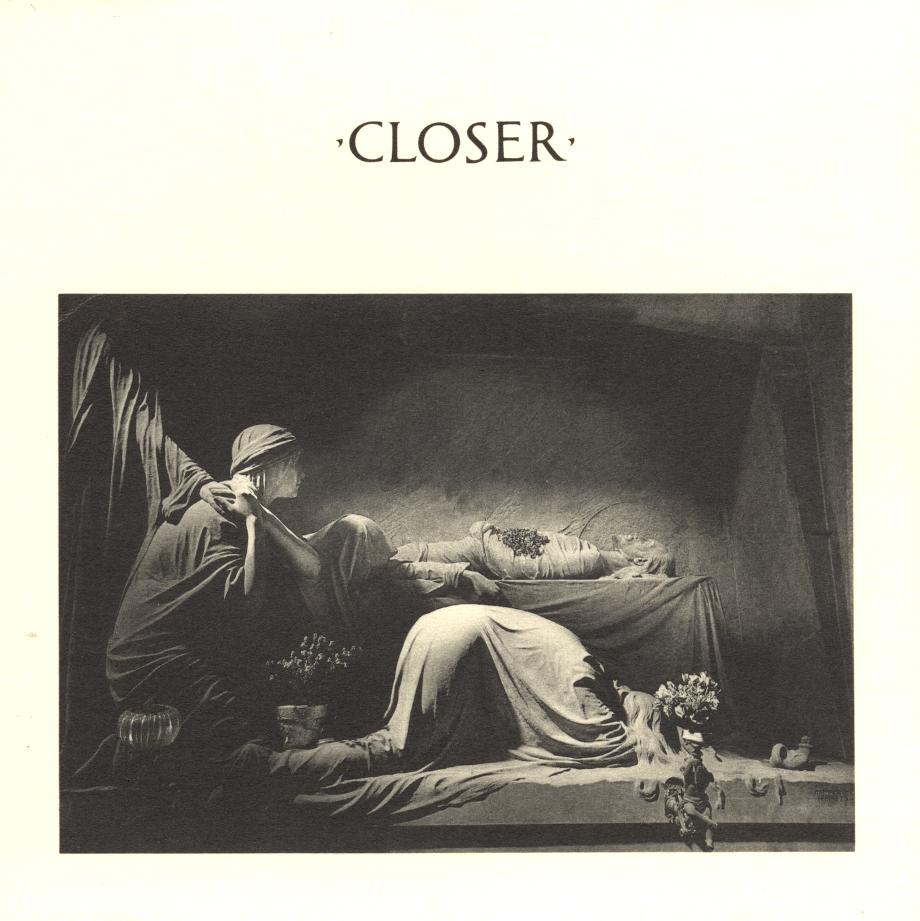
Joy Division, Closer, 1980 (Appiani tomb, Monumental Cemetery of Staglieno, Genoa)
Sculptor Demetrio Paernio’s mourning figures, shrouded and in differing stages of the prostration of grief, are affecting enough, but featured on the cover of the album that was released two months after the suicide of Joy Division frontman Ian Curtis, they were chilling. That the image had been chosen before Curtis’s death hardly lessened the impact.
Factory Records co-founder Peter Saville had chanced upon the photograph – one of a 1978 series by French-born American photographer Bernard Pierre Wolff – in an art magazine.
Saville later said: “I don’t know to this day whether they were real or not, some of them you thought, ‘He’s set that up – that’s just models, covered in dust.’” Indeed, Wolff veiled the figures in such an uncanny light that the marble seems to live and breathe.
2
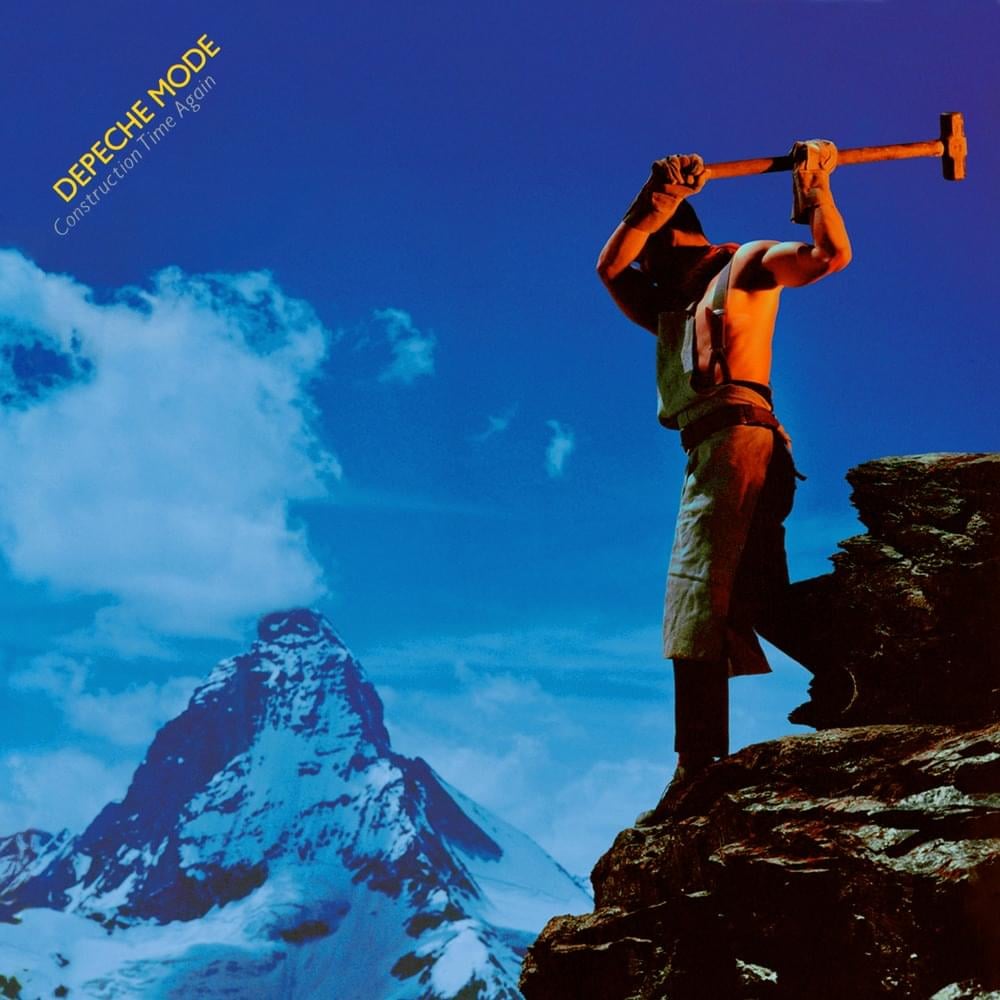
Depeche Mode, Construction Time Again, 1983 (Swiss Alps)
In a pre-digital age, photographers couldn’t fake it. And so it was that Brian Griffin found himself halfway up a Swiss mountain capturing a socialist realist-inspired image of a sledgehammer-wielding “worker” (in fact, the ex-Marine brother of his assistant).
The muscular figure perched perilously on a rocky outcrop in front of the Matterhorn looked for all the world like a studio set-up.
Griffin captured the incredible image by taking a full complement of lighting equipment up on a cable car. The results matched the spirit of the record perfectly as the British synthpoppers came under the influence of German industrial pioneers Einstürzende Neubauten and their musique concrète experiments, making the sounds of the building site into music.
1
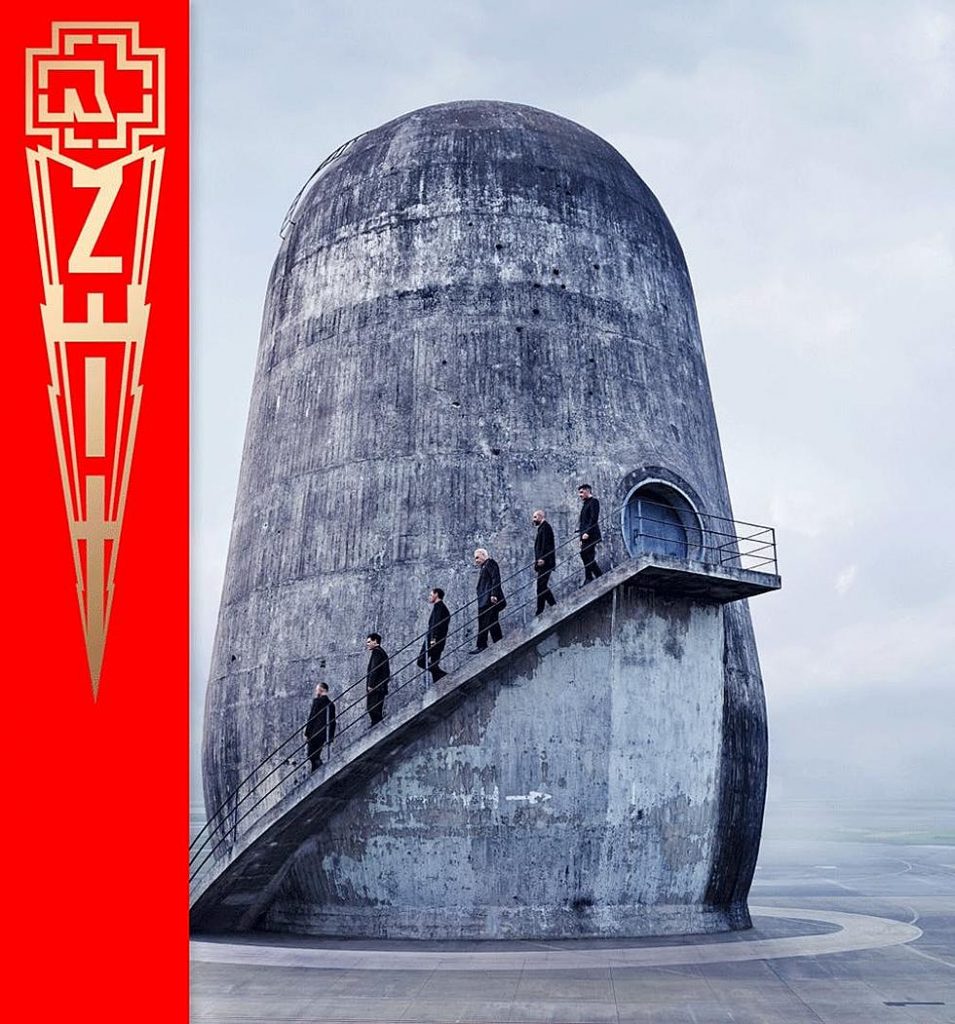
Rammstein, Zeit, 2022 (Trudelturm, Adlershof campus, Humboldt University, Berlin)
Rarely has an album cover location captured the character of a band so perfectly. A 20-metre-tall Nazi-era lump of concrete with the visual effect of a sucker punch, the Trudelturm is an experimental wind tunnel built by the German Aviation Research Institute in the mid-1930s and a strangely ideal symbol for Rammstein.
The Trudelturm seemed to connote Rammstein’s flirtation with the symbolism of the far right, their stage sets of steel and fire, and the brutality of their sound all at once.
The giants of industrial music were photographed on the monolith’s external staircase for this, their eighth album, released just before their 30th anniversary. Bryan Adams (yes, that Bryan Adams, enjoying his second career as a photographer) took the shot.


